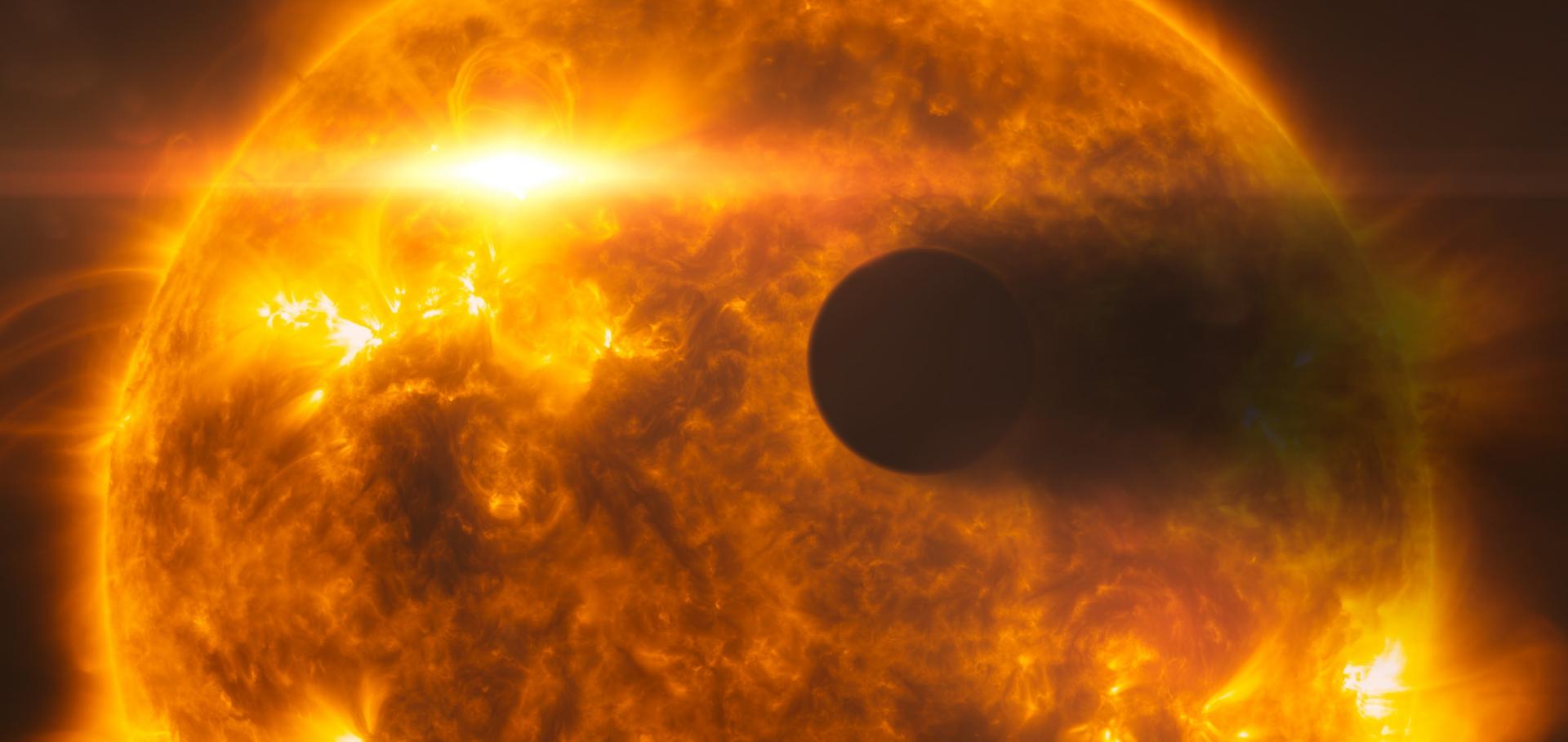Accelerating Long-period Exoplanet Discovery by Combining Deep Learning and Citizen Science
Astronomical Journal American Astronomical Society 170:1 (2025) 39
Abstract:
Automated planetary transit detection has become vital to identify and prioritize candidates for expert analysis and verification given the scale of modern telescopic surveys. Current methods for short-period exoplanet detection work effectively due to periodicity in the transit signals, but a robust approach for detecting single-transit events is lacking. However, volunteer-labeled transits collected by the Planet Hunters TESS (PHT) project now provide an unprecedented opportunity to investigate a data-driven approach to long-period exoplanet detection. In this work, we train a 1D convolutional neural network to classify planetary transits using PHT volunteer scores as training data. We find that this model recovers planet candidates (TESS objects of interest; TOIs) at a precision and recall rate exceeding those of volunteers, with a 20% improvement in the area under the precision-recall curve and 10% more TOIs identified in the top 500 predictions on average per sector. Importantly, the model also recovers almost all planet candidates found by volunteers but missed by current automated methods (PHT community TOIs). Finally we retrospectively utilise the model to simulate live deployment in PHT to reprioritize candidates for analysis. We also find that multiple promising planet candidates, originally missed by PHT, would have been found using our approach, showing promise for upcoming real-world deployment.JWST NIRISS transmission spectroscopy of the super-Earth GJ 357b, a favourable target for atmospheric retention
Monthly Notices of the Royal Astronomical Society Oxford University Press 540:4 (2025) 3677-3692
Abstract:
We present a JWST Near Infrared Imager and Slitless Spectrograph/Single Object Slitless Spectroscopy transmission spectrum of the super-Earth GJ 357 b: the first atmospheric observation of this exoplanet. Despite missing the first 40 per cent of the transit due to using an out-of-date ephemeris, we still recover a transmission spectrum that does not display any clear signs of atmospheric features. We perform a search for Gaussian-shaped absorption features within the data but find that this analysis yields comparable fits to the observations as a flat line. We compare the transmission spectrum to a grid of atmosphere models and reject, to 3 confidence, atmospheres with metallicities solar (4 g mol−1) with clouds at pressures down to 0.01 bar. We analyse how the retention of a secondary atmosphere on GJ 357 b may be possible due to its higher escape velocity compared to an Earth-sized planet and the exceptional inactivity of its host star relative to other M2.5V stars. The star’s XUV luminosity decays below the threshold for rapid atmospheric escape early enough that the volcanic revival of an atmosphere of several bars of CO is plausible, though subject to considerable uncertainty. Finally, we model the feasibility of detecting an atmosphere on GJ 357 b with MIRI/LRS, MIRI photometry, and NIRSpec/G395H. We find that, with two eclipses, it would be possible to detect features indicative of an atmosphere or surface. Further to this, with three to four transits, it would be possible to detect a 1 bar nitrogen-rich atmosphere with 1000 ppm of CO.JWST NIRISS Transmission Spectroscopy of the Super-Earth GJ 357b, a Favourable Target for Atmospheric Retention
(2025)
The PLATO mission
Experimental Astronomy Springer 59:3 (2025) 26
Abstract:
PLATO (PLAnetary Transits and Oscillations of stars) is ESA’s M3 mission designed to detect and characterise extrasolar planets and perform asteroseismic monitoring of a large number of stars. PLATO will detect small planets (down to <2REarth) around bright stars (<11 mag), including terrestrial planets in the habitable zone of solar-like stars. With the complement of radial velocity observations from the ground, planets will be characterised for their radius, mass, and age with high accuracy (5%, 10%, 10% for an Earth-Sun combination respectively). PLATO will provide us with a large-scale catalogue of well-characterised small planets up to intermediate orbital periods, relevant for a meaningful comparison to planet formation theories and to better understand planet evolution. It will make possible comparative exoplanetology to place our Solar System planets in a broader context. In parallel, PLATO will study (host) stars using asteroseismology, allowing us to determine the stellar properties with high accuracy, substantially enhancing our knowledge of stellar structure and evolution. The payload instrument consists of 26 cameras with 12cm aperture each. For at least four years, the mission will perform high-precision photometric measurements. Here we review the science objectives, present PLATO‘s target samples and fields, provide an overview of expected core science performance as well as a description of the instrument and the mission profile towards the end of the serial production of the flight cameras. PLATO is scheduled for a launch date end 2026. This overview therefore provides a summary of the mission to the community in preparation of the upcoming operational phases.Transit ephemerides and timing variations from Kepler and K2 to TESS
Monthly Notices of the Royal Astronomical Society 538:4 (2025) 2283-2310


